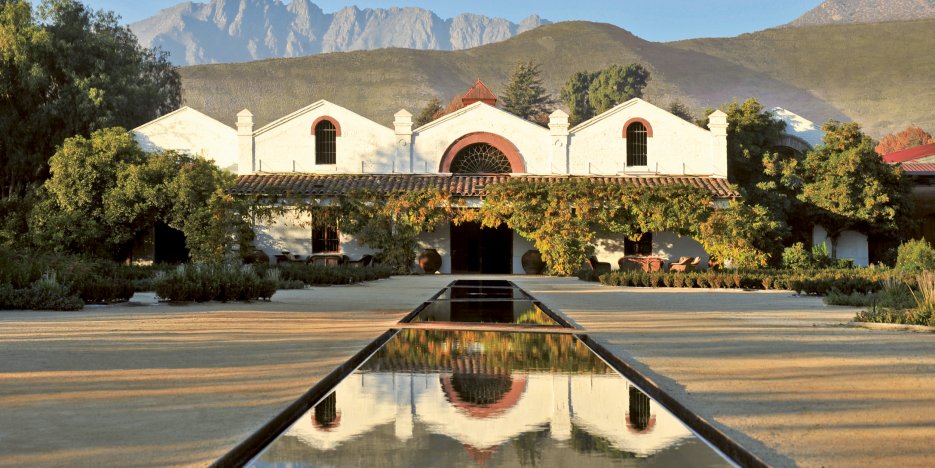

Kai Carmenère 2019 6x75cl
Very deep and intense purple in colour. The nose shows aromas of black fruits and spices such as black pepper and paprika as well as notes of rosemary, black olives, incense and cigar box. The spices appear first, followed by the black fruit along with notes of fresh-roasted coffee and just a hint of dark chocolate. This is an ample and lush wine with good acidity that lends nerve. Very fine tannins caress the palate on a long finish with very good persistence.
Vineyards
The grapes used for KAI were selected from the best blocks of the MAX V vineyard in the Aconcagua Valley, 60 kilometres from the Pacfic Ocean. The region has an extended dry season with moderately warm summer days cooled by gentle evening breezes that blow into the valley from the Pacific Ocean. The MAX V vineyard is situated on an alluvial plain on the southern bank of the Aconcagua River. Because of its proximity to the river and its minimal, relatively unexposed slope, it is cooler than usual for the region. The soil is deep, with clay to clay-loam texture and a high stone content of up to 80%, which ensures excellent drainage. The subsoil, a coarse-grained alluvial terrace of the Aconcagua River, is homogeneous, with abundant, well-rounded stones
Vintage
The 2019 vintage officially ended at Viña Errázuriz with the harvest of the last Carmenere grapes from the Aconcagua Valley on May 3rd. Now we are able to outline the main conclusions of the 2019 vintage, which is described by Technical Director Francisco Baettig as a dry and warm season, giving way to an early vintage, with splendid sanitary conditions of our grapes. The vintage began with a shortfall of rains by the end of winter and beginning of spring, totalizing a deficit of 30% in 2018. The dry soils pushed us to irrigate one month ahead compared to an average year. On the other hand, the absence of rains during spring ensured splendid sanitary conditions of our grapes, which prevailed throughout the entire season. Temperatures early in the spring were similar to historic records, but were followed by a hot November. After experiencing normal temperatures in December and January, February was a hot month just like November, with heatwaves recorded in the central and southern regions that did not reach the Aconcagua Valley. This scenario made the harvest go ahead of the historical dates. March, on the contrary, was colder than average records. By this time, the harvest in Aconcagua Costa, which started in February 11, was at full speed, and was completed in a record lapse of just 45 days, in benefit of preserving the aromas and acidity of the wines. In general, the vintage delivered good yields, although some varieties registered lower yields than our estimations, such as the decrease in 17% for Cabernet Sauvignon from Aconcagua Inland, 10% for Merlot, 6% for Malbec and 4% for Sauvignon Blanc. In all, a dry and healthy year, warmer than historical averages, with November and February as the hottest months, giving way to an early vintage. The quality of our vineyards was demonstrated once again given the climatic fluctuations, droughts and high temperatures, delivering grapes of outstanding sanitary conditions and great concentration.
Winemaking
The month of January, however, was quite unusual, with a heat summation that was 7.9% lower than average, delaying veraison by 7 days for Cabernet Sauvignon and 14 days for Carmenere. Temperatures picked up in February with a heat summation that was 6.2% higher than the historic average, and finally, March was 6.6% colder. The harvest took place 10 days earlier in Cabernet Sauvignon, due to yields that were 15% lower than expected, while Carmenere was harvested on its historic date, April 30th, with 38% more fruit than anticipated.
Enjoy with:
- Grilled and Roasted Red Meats
- Pizza/Pasta
- Casseroles/Stews
- Mature Strong Cheeses


